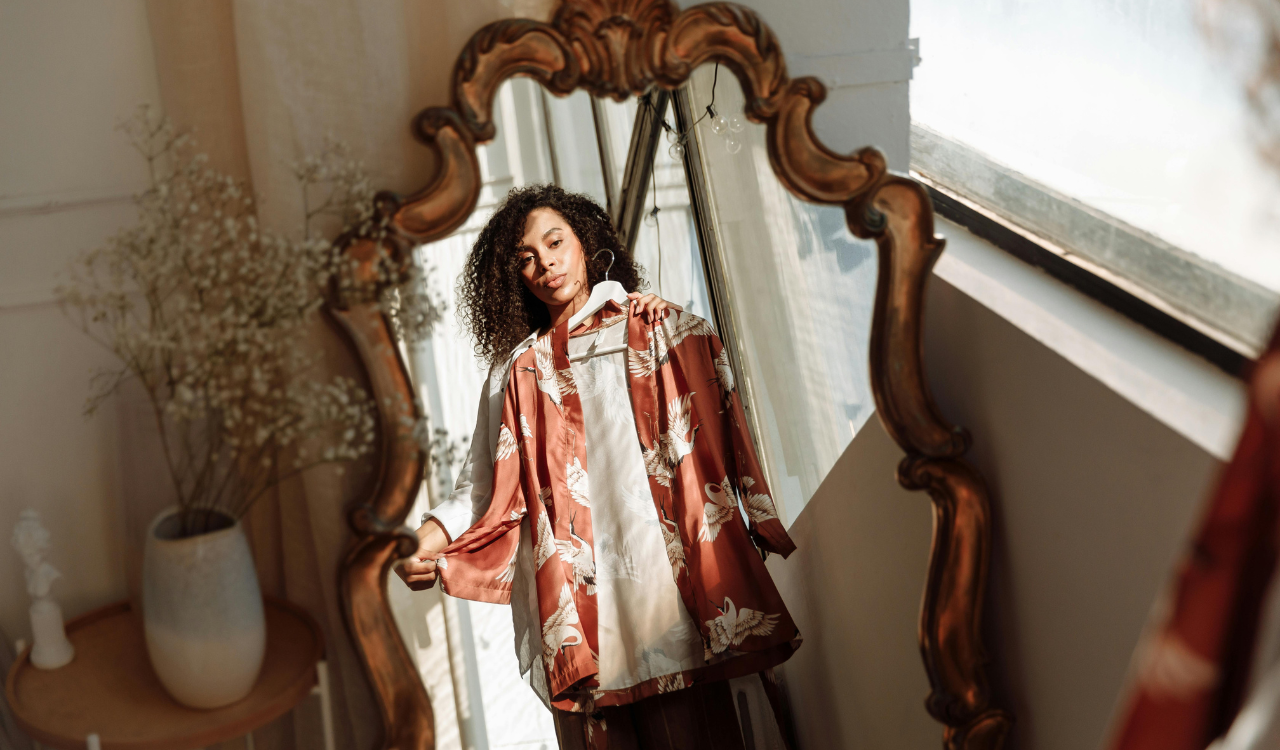LARP or Live Action Roleplay is no longer relegated to creative high schoolers in parking lots. As we emerge from the pandemic, consumers of all ages are driven to escapist, in-character retail experiences. The reason? Most consumers nowadays have more to escape from and looking “cool” has become more about individualism than conformity. It’s the perfect environment for people to get weird.
“Experiential retail” isn’t just a buzzword that retailers whip out to describe pop-up locations or in-store events. Themed experiences such as the Witchards College of Wizardry in Poland –– which is held in a 13th-century castle and has a special effects team on hand for attendees to do “real magic” –– is built around a specific theme.
Heavy-hitting theme park brands such as Disney and Universal Studios were first responders to the LARPing trend. However, any retailer with a presence at a Renaissance Faire, themed festival or Halloween party has already dipped their toes in the LARPing pond. Let’s deconstruct the trend.
Heavy-hitting theme park brands such as Disney and Universal Studios were first responders to the LARPing trend. However, any retailer with a presence at a Renaissance Faire, themed festival or Halloween party has already dipped their toes in the LARPing pond. Let’s deconstruct the trend.
Is the LARPing Boom a Response to the Mental Health Crisis?
There’s no denying that present day residents of planet earth are experiencing a widespread mental health crisis. Recent legislations by the Supreme Court, extended illnesses, and the ever-looming doomsday induced by global warming have more of us than not in a state of mental health malaise. In fact, Mental Health America reports that nearly 20 percent (19.86 percent) of adults now have some type of mental illness.
Interestingly, younger generations are falling prey to the mental health crisis at higher rates than their predecessors. A 2022 Deloitte whitepaper found that 46 percent of Gen Zs say they are “stressed or anxious all or most of the time,” while the same is true for 38 percent of millennials. Unsurprisingly, with the current state of legislation, young women are more severely impacted by the mental health crisis than men.
The interest in fantastical adventures is a sharp contrast to the current state of mental health decline around the world. Retailers are creating a culture of positive escapism to counteract the global craziness, and consumers cannot seem to get enough.
Wild LARPing Projects Around the World
Don’t make the mistake of only thinking about LARPing in terms of Renaissance Faires. Each July in my home stomping grounds of San Diego, California, Comicon restructures the city. A staggering 260,000 people stream into San Diego to celebrate the annual event. Catwomen, Supermen, Poison Ivys and more from all around the world come to the city to meet the characters and creatives behind the stories they love. During July in San Diego, it’s common to see groups in full costume at the local cafes and gas stations.
In the same vein of the legendary West Coast eccentricism, Disney World Hollywood is host to Star Wars Galactic Starcruiser immersion. Guests can stay in a fully immersive Star Wars experience where they can go on unique missions customized to their preferences, while interacting with costumed characters.
For those who prefer a game of Quidditch to Marvel characters or “Luke I am your father,” Universal Studios in Hollywood is host to the Wizarding World of Harry Potter. But you don’t have to be on the West Coast to partake in a little fantastical escapism. On the other side of the continent and in a very different world (upstate New York), you can have a “Star Trek: The Original Series” set tour in Ticonderoga.
Non-Branded Experiences Are the Exception to the Rule
From the Marvel Universe to Star Trek, there is one consistent across most of the prevalent LARPing concepts in the retail industry: they’re singularly branded. In other words, they’re based off of a story or film series –– Harry Potter, Star Trek, Superman, etc. But there are other successful retail models that are historically branded.
Shakespeare isn’t exactly a modern brand, for instance. New York is host to Sleep No More, an unnerving theatrical immersion that takes a look at “Shakespeare’s Scottish tragedy through a film noir lens.” There is also the historic Plimoth Patuxet Museums in Massachusetts, where you can experience living history by interfacing with people in pilgrim costumes having ordinary conversations immersed in a 17th-century village. Sort of like the TV show West World, just without the violence and robot element.
And if you want a more intensive dive into the fantastical, in Czocha Poland you can find the College of Wizardry, which is sort of like a real-life (unbranded) Harry Potter-esque experience that takes place in a real refurbished castle. Guests can choose a magical path of “study,” compete for a house cup, and meet fantastical characters. There’s even a special effects team on staff to ensure that all of the guests’ “magic tricks” go off without a hitch. And in the UK, Bothwell School of Witchcraft is staged in a 15th-century castle. Theatrical owner Wichards has reversed the metaverse concept and creates these live experiences… like a multiplayer video game in real life. The one-of-a-kind, authentic architecture that sets the stage for the experience doesn’t hurt.
Considerations for Long Term LARP Experiences
What’s the price point on entering a strange new world? LARPing experiences can cost attendees from a couple of hundred dollars (if they’re local), to the double-digit thousands. Branded experiences are particularly pricy, which means customer expectations for flawless execution run high. Every detail needs to be finetuned to inspire awe and any little misstep –– an actor checking their cell phone, a soda cup on the floor, a funky smell in the atmosphere –– can ruin the illusion.
At their best, LARPing concepts can create an escape from which consumers emerge renewed, refreshed, and ready to face grim realities with a fresh lens. At worst, they become a sad ghost of the concept that was initially conceived, like an understaffed Disney World without a cleanup crew in sight… and nobody wants to pay for that.
In terms of creating a thematic experience in traditional retail, Macy’s underrealized STORY concept didn’t use actors, and the barren shelves with sparsely placed, overpriced goods and vaguely thematic references is a great example of what can happen to a great themed experience idea when it is under maintained.
A truly unique escapist experience starts with a fully realized concept. Whether the stage is an abandoned castle with a wizarding theme, a historical hotel, or a convention center chock full of actors from Marvel movies, specifics are key. In my personal opinion, True Blood was one of the ultimate fantasy television series of our time. I’d love to travel to New Orleans to go to Merlotte’s Bar & Grill to play the role of a modern-day vampire, werewolf, or shapeshifter. For retailers willing to double down on the eccentric to create an experience that’s unforgettable, the possibilities are endless. Imagination melded with an authentic commercial concept can be golden.
The secret to creating a successful LARPing experience doesn’t lie in the costumery, or even in the special effects, it’s an issue of high maintenance and flawless execution. The actors need to remain in character and the set needs to be upkept for a themed experience to have staying power. But, for those with the dedication to upkeep a transcendental concept, it is a great strategy to raise brand awareness and get a taste of surging post pandemic travel spend.





